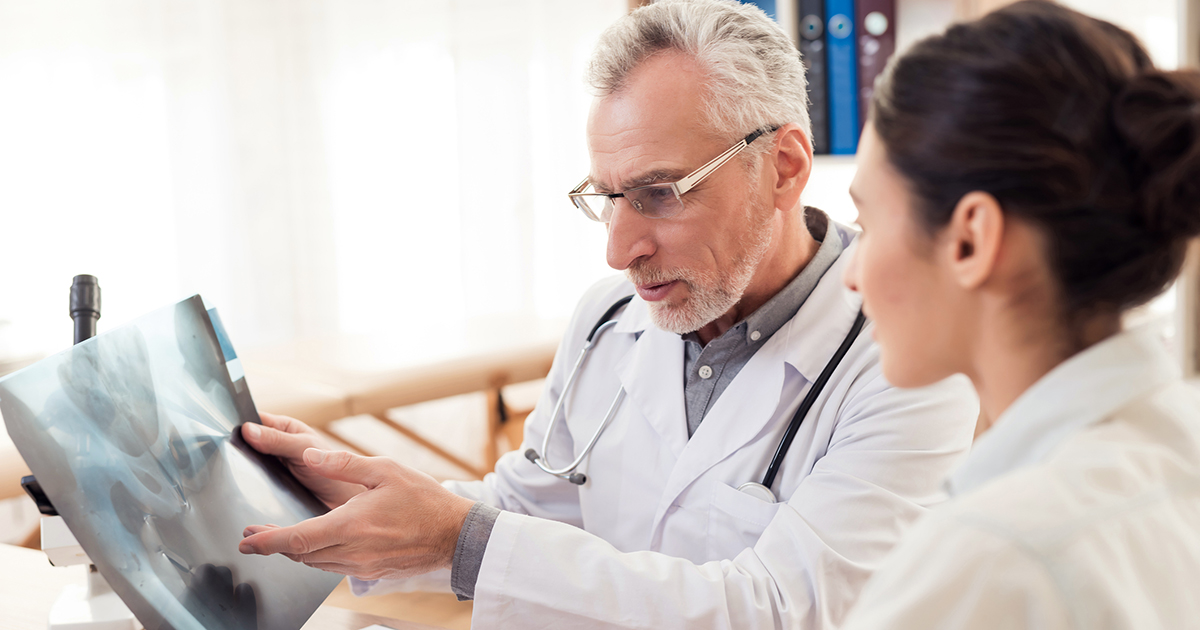How Does An X-Ray Work?
Different Uses For X-Rays

There are lots of different uses in the medical field, but the two main ones are diagnostic and therapeutic. Diagnostic methods seek to diagnose a problem, while therapeutic methods seek to treat a problem. X-ray radiography is the most common form of x-ray and is used to detect abnormal masses, tumors, bone fractures, pneumonia, and foreign objects in the body. Mammography is a radiograph done of a breast to gauge whether a woman has breast cancer or not.
A CT scan is a combination of computer processing and traditional x-ray technology. This combination generates cross-sectional body images, which are then turned into a three-dimensional x-ray, as opposed to a conventional two-dimensional x-ray. Fluoroscopy is the use of a fluorescent screen and x-rays to receive images of real-time movement occurring inside the body. X-rays are also used in cancer treatment as a type of radiation therapy, where their high-energy radiation can destroy cancerous cells through damage to their DNA. Radiation doses for cancer treatments tend to be much higher than radiation doses for simple imaging.
Continue reading to learn about the safety of x-rays.
Is It Safe To Use?

As with most medical technology, there are some risks. However, there are so many diagnostic benefits that the risks are minimal in comparison. An x-ray scan has the potential to diagnose life-threatening conditions such as infections, bone cancer, and blocked blood vessels. But x-rays do create ionizing radiation, which can harm a person's living tissue, and the risk of harm increases with each subsequent exposure. With that said, risks of cancer development due to x-ray exposure are minimal. Pregnant women can be x-rayed without significant risk to their child as long as their pelvis and abdomen are not being imaged. If the pelvis and abdomen must be imaged, doctors prefer to use methods without radiation. Children have a higher risk of cancer development than adults because of their sensitivity to ionizing radiation. It's vital for the doctor or technician to adjust their machine settings to accommodate children.
Continue reading to reveal other uses for the machines themselves.
